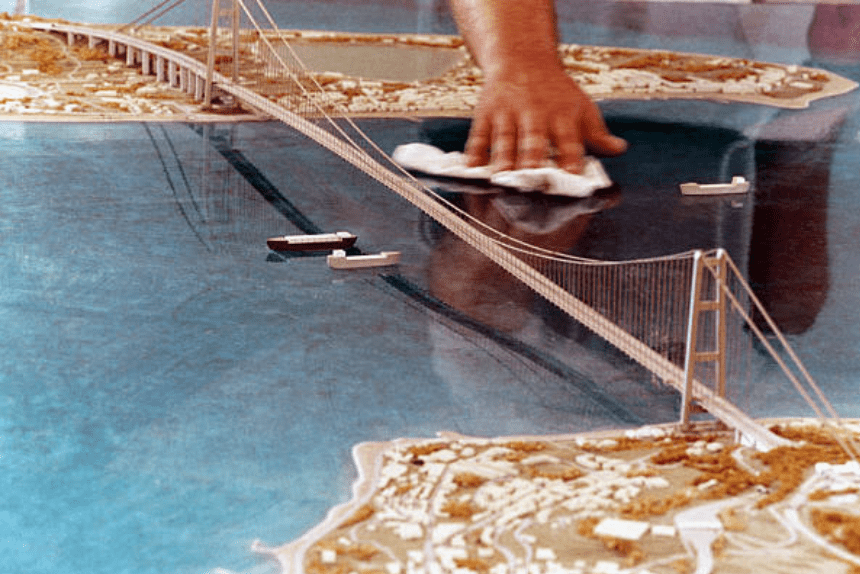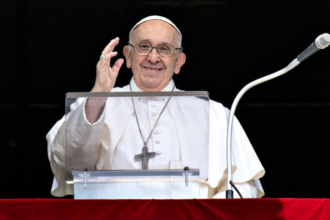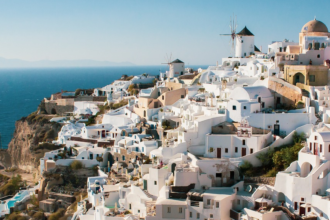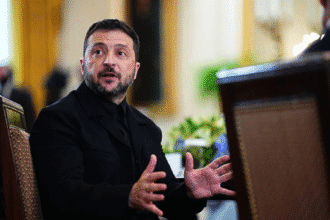Italy has officially permitted the €13.5bn ($15.6bn) undertaking for the construction of the Messina Bridge, a huge structure to span the Strait of Messina, connecting the island of Sicily to the Calabria region on the mainland. Once completed, it will be the arena’s longest suspension bridge, designed to face up to the area’s seismic past. This modern attempt marks the very last step in a decades-long attempt to build the bridge, an assignment fraught with delays and challenges over time.
Prime Minister Giorgia Meloni referred to the Messina Bridge as an “investment in Italy’s gift and destiny,” despite acknowledging the hurdles the challenge has confronted. The bridge will span 3 kilometers (2.05 miles) and feature functional towers reaching 400 meters (1,300feet) high. It will guide each railway and automobile site visitor, offering sizeable financial benefits for the areas of Sicily and Calabria, which are among the poorest in Europe.
What Will the Messina Bridge Look Like?
The Messina Bridge might be a big engineering feat, connecting Sicily to the mainland with a three.3 km shape. The bridge will function with 400-meter-high towers, with railway lines inside the center and 3 lanes of traffic on both sides. Designed to endure the place’s frequent earthquakes, the bridge is predicted to facilitate a smoother tour and stimulate financial growth.
The Italian government has made plans to categorize this bridge challenge as part of its defense spending, aligning it with NATO defense expenditure targets. The construction is anticipated to generate approximately a hundred and twenty thousand jobs yearly and bring local improvement, presenting an extended-term enhancement to the suffering areas of southern Italy. Here is the link to our article on the US Repeals Landmark Rule.
What Are the Concerns Surrounding the Messina Bridge?
Despite the enthusiasm, neighborhood competition for the Messina Bridge has been considerable. Critics, who include local politicians and environmental agencies, argue that the bridge challenge diverts resources far from extra pressing needs like public transportation, schooling, and healthcare infrastructure. Senator Nicola Irto from the Democratic Party (PD) referred to the bridge as controversial and divisive,” expressing issues approximately its impact on local groups and finances.
Additionally, a few nearby groups fear the mission could result in large-scale land expropriations in Sicily and Calabria, in addition to complicating the development process. Legal situations for citizens who may also lose their properties ought to put off or even halt progress on the bridge.
Will the Messina Bridge Address Local Transportation Issues?
Currently, the simplest manner for trains to pass the Strait of Messina is using a ferry, a way that takes about 30 minutes for the coaches to be transported across the water. The new Messina Bridge pursuits to offer an extra green solution, reducing the travel time and improving connectivity between the two areas. However, many locals argue that the finances could be better spent on enhancing present infrastructure, such as modernizing nearby transportation structures.
Furthermore, there are concerns about the environmental effects of the bridge. Local activists argue that the bridge’s construction should result in a huge boom in water utilization, which may exacerbate the area’s ongoing water shortages, particularly in the course of intervals of drought. Here is the link to our article on the US Passes Landmark Law.
How Has the Messina Bridge Faced Opposition in the Past?
The concept of the Messina Bridge has been debated for over 50 years, with numerous designs and plans being shelved due to political, environmental, and economic worries. Over the years, several administrations have tried to get the venture off the ground; however, every stride has been marred by setbacks, such as fears of mafia involvement and misuse of taxpayer funds. Budgetary competition has additionally been a key component in the delay of the bridge. Critics, including grassroots movements just like the “No to the Bridge” committee, argue that the mission is more approximately political maneuvering than a well-conceived method to the region’s desires.
Final Thoughts on the Messina Bridge
The approval of the Messina Bridge marks an enormous milestone in Italy’s infrastructure development, but challenges remain. While the bridge is guaranteed to attach Sicily to the mainland and boost the local economic system, concerns about its fee, environmental impact, and the displacement of nearby residents cannot be ignored. As the undertaking moves ahead, it will be important for the government to address those troubles and ensure the bridge’s long-term success.








